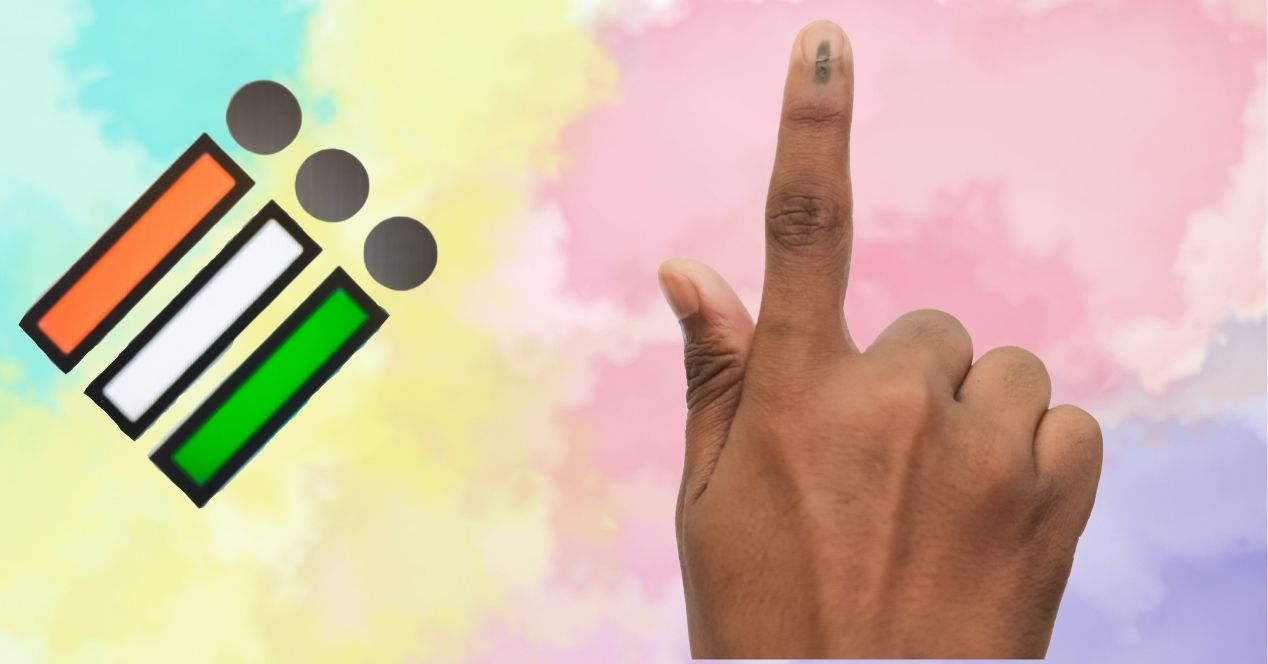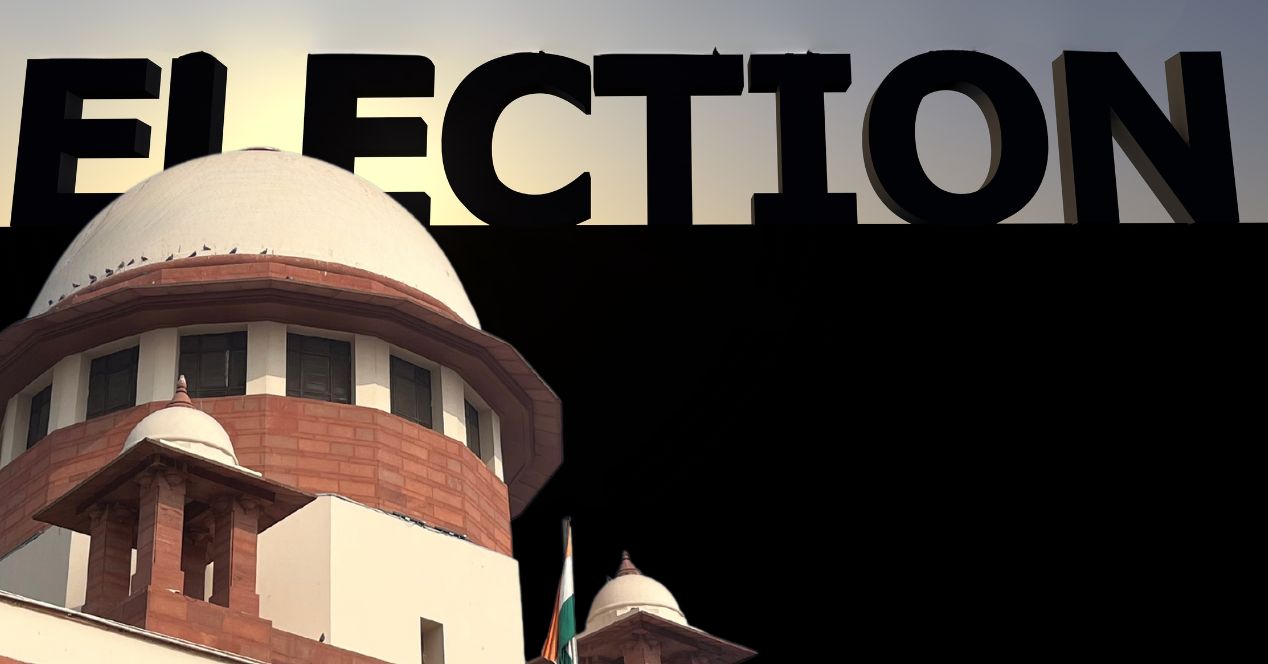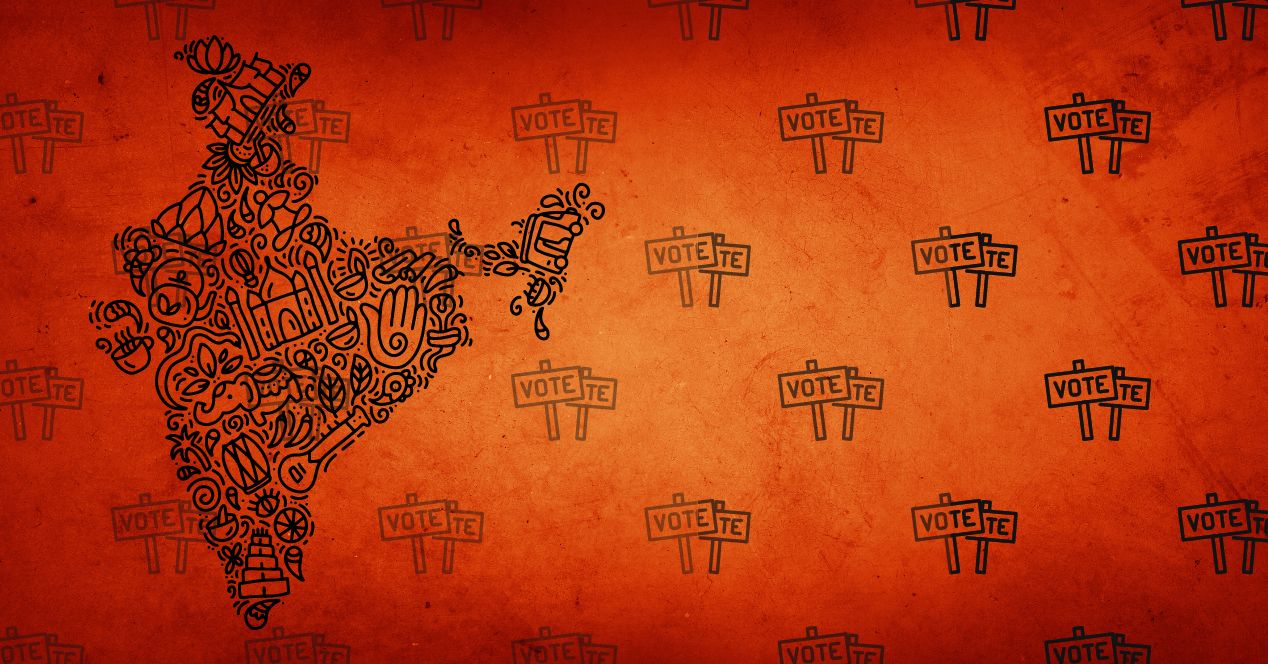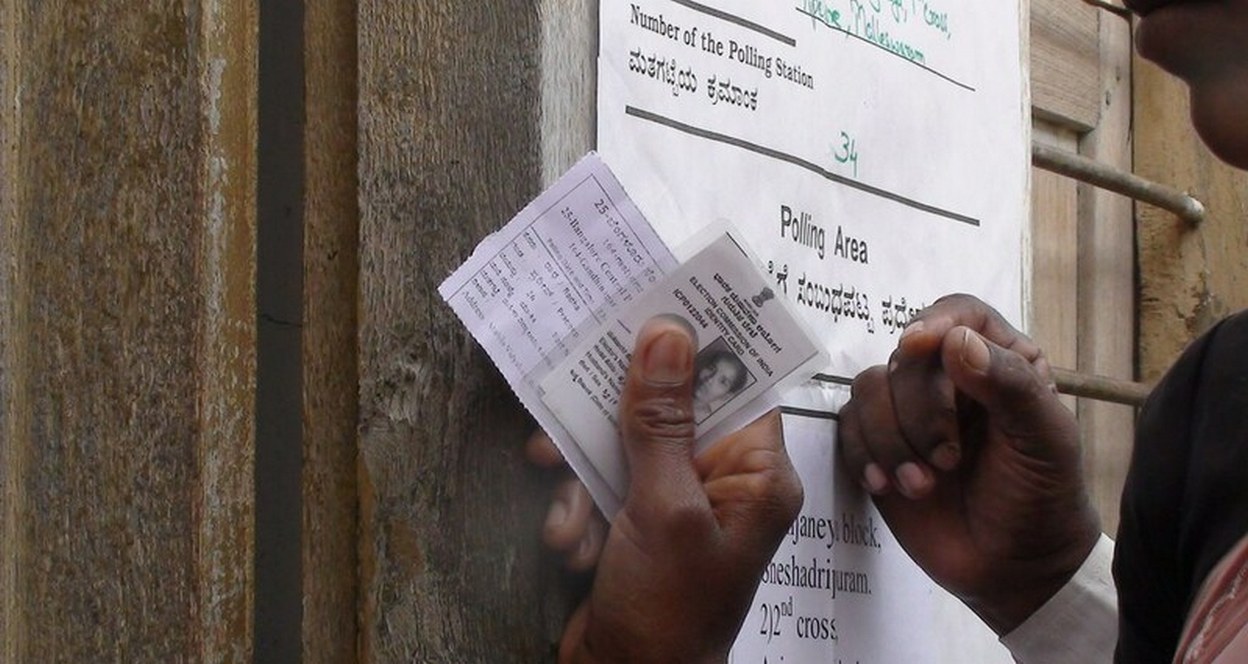Channel
VVPATs for Vote Verification | Case Explainer
A Division Bench of the Supreme Court rejected a plea seeking 100 percent vote verification through VVPATs
Transcript:
Hello everyone and welcome to SCO’s channel. I’m Sai Spandana, and today we’re going to be talking about a recent Supreme Court decision which rejected a plea seeking 100% vote verification through VVPATs. What is the case about? What did the Supreme Court say and why? Let’s dig in.
The voter verified paper audit trail, or VVPAT, is an independent vote verification system introduced in 2013. Its purpose was to ensure electoral transparency. Here’s how it works: A VVPAT machine is connected to an electronic voting machine or an EVM. It generates a paper slip containing three things: firstly, a serial number; second, the name of the candidate; and third, their political party symbols. After a vote is cast, the voter gets to view the slip for 7 seconds on the VVPAT to verify that the vote was cast correctly. After this, the paper slip is dropped into a sealed box. These sealed boxes can be opened and used to tally votes in case of any dispute. Currently, the VVPAT verification is mandatory in only five randomly selected polling stations in a constituency.
But in March 2023, the Association for Democratic Reforms, the lead petitioner in this case, filed a public interest litigation. They sought to enhance the system. They argued that every voter has the fundamental right to verify that their vote was cast correctly. Just days before the commencement of the 2024 general elections, a Division Bench of the Supreme Court comprising Justices Sanjiv Khanna and Dipankar Dutta heard the petition. For several months before, the Court had adjourned the matter, ultimately hearing it just three days before phase one of the voting was about to begin.
During the hearings, the judges took immense efforts to understand the safety mechanisms of the VVPAT machine and how it functions. Advocate Prashant Bhushan, representing the Association for Democratic Reforms, argued that the current system of VVPAT verification, where it’s only mandatory in five randomly selected polling stations per constituency, was insufficient. Further, to enhance voter confidence, he proposed bringing back the paper ballot system, citing its use in European countries, specifically mentioning the German voting system. However, the judges rejected this argument, citing the vast difference in population between India and European countries. The judges also appeared confident that the existing machines were able to collect data accurately and store information.
Senior Advocate Gopal Sankaranarayanan, representing Arun Kumar Agarwal, another petitioner in the case, emphasised the importance of voter confidence in the electoral process. He said that the petitioners were not alleging any malice or ill intent on the part of the Election Commission. However, he pointed out that by the Commission’s own affidavit, they admitted there was scope for human error in the process. Sankaranarayanan insisted that if 100% verification could increase voter confidence, it had to be done.
The Election Commission, on its part, rubbished the claims of vote tampering and data discrepancies, submitting that as a constitutional body in charge of conducting free and fair elections in the country, they had sufficient checks and balances in place. Senior Advocate Maninder Singh, representing the Election Commission, also stated that there was not a single account of vote tampering and argued that the petitioners’ apprehensions were baseless.
During the hearings, the Court also spent a significant portion trying to understand the process and technology used in the EVM-VVPAT process from start to finish. Senior Deputy Election Commissioner Nitesh Vyas was present in court and patiently answered the Bench’s questions. He explained that the EVM-VVPAT system comprised three units: the ballot unit, the control unit, and the VVPAT.
On the 26th of April, as the second phase of the 2024 Lok Sabha elections began, the Bench delivered its decision. The Bench unanimously dismissed the pleas seeking 100% VVPAT verification in a 54-page judgment. They also dismissed the plea to bring back paper ballots. The Court also emphasised that the Election Commission must be trusted for a smooth functioning of the electoral system. Justice Khanna issued two directions in the case. First, he stated that the symbol loading units of the VVPAT should be sealed and secured and stored for 45 days after the election results are declared. Second, he directed that in the event of a dispute, a group of engineers from the company that manufactured the EVMs must examine whether the burnt memory in the semi-controller was tampered with in 5% of the EVMs in a constituency. If their suspicion bears fruit and the manufacturers indeed find evidence of tampering, then this amount will be refunded to them.
In the world’s largest democracy, every vote counts. Do you think the current system ensures that every vote is cast and counted accurately? Comment below and tell us what you think. Read more about this issue on our case page. If you want to know what went down in court exactly, be sure to check out our comprehensive hearing reports, as always. For more stories from the Supreme Court, subscribe to SCO’s channel.




